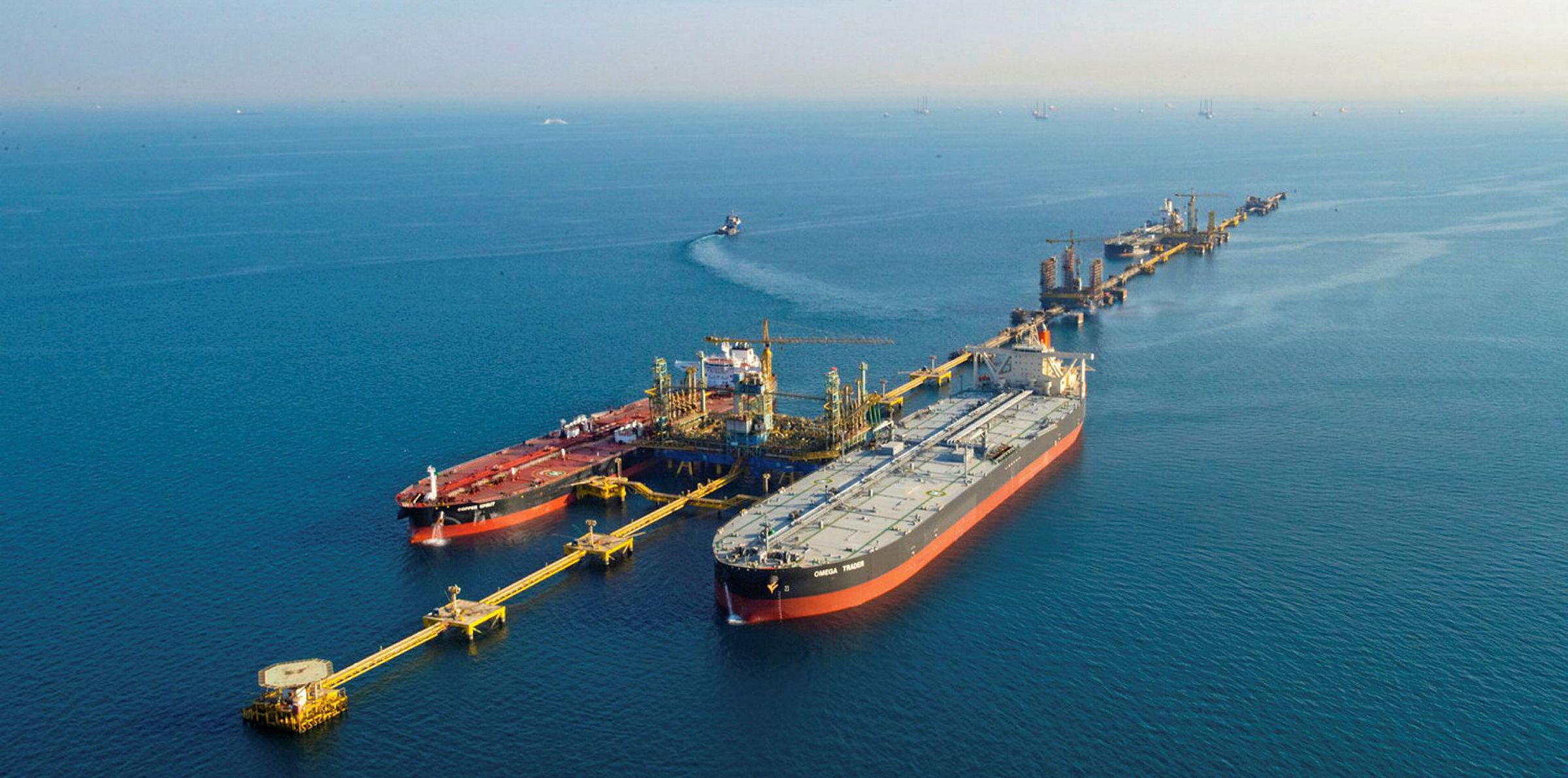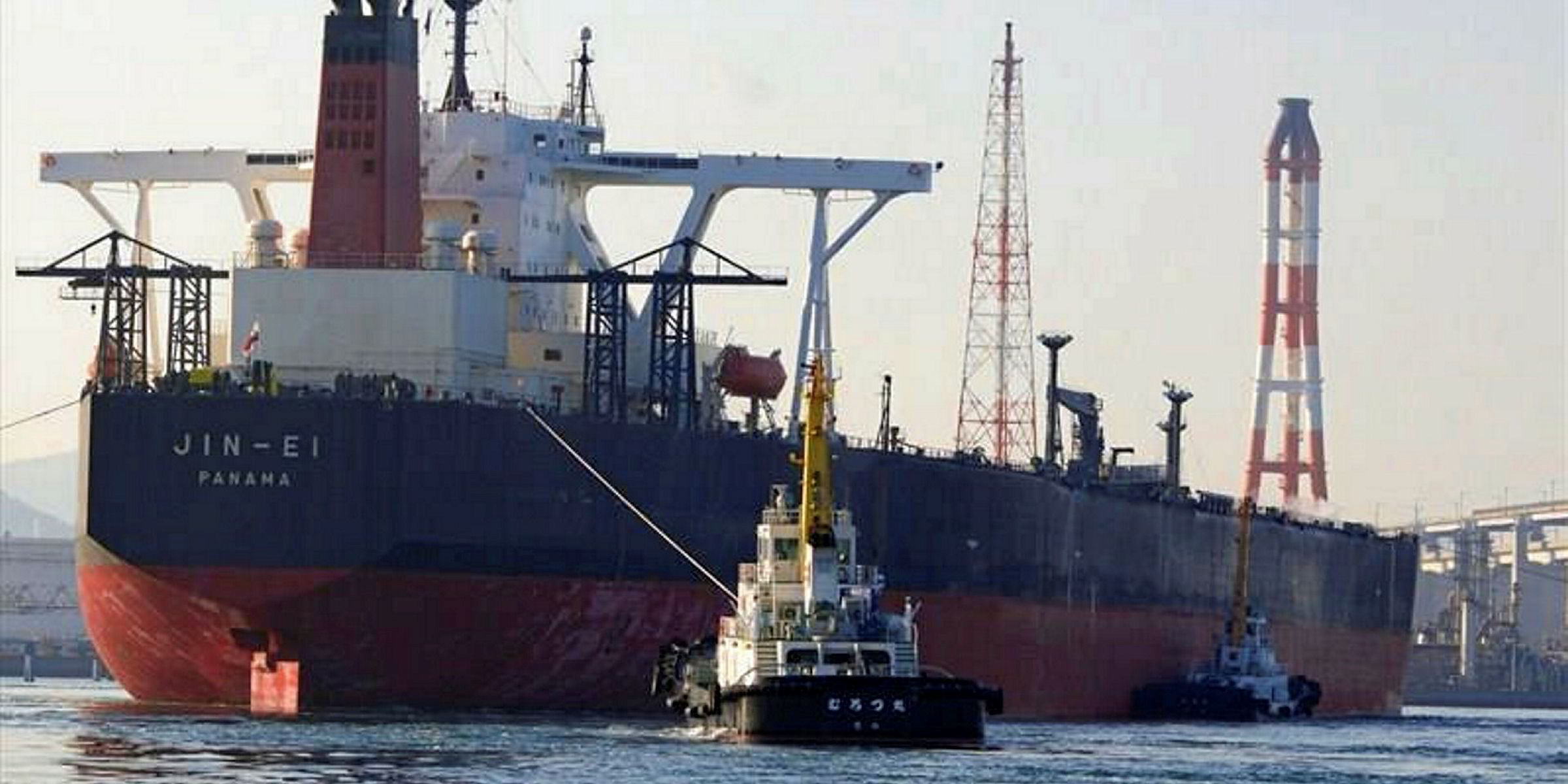Crude tanker markets have begun to feel the impact from supply cuts by major producers as demand for floating storage and voyage charters falls.
While Opec, Russia and nine other producers will reduce output by 9.7m barrels per day (bpd) from Friday, Norway announced a cut of 250,000 bpd in June and further reduction in the second half of this year.
This aggressive supply reduction has come amid early signs of oil demand recovery, leading to narrower oil contango and reducing incentives for floating storage.
“All major producers have already begun to cut output. This has caused an understandable sense of unease to creep into the market,” Arctic Securities said.
“Perhaps most significant in the short-term is marked narrowing of the contango which will undermine floating storage demand.”
Slowing inventory builds
Kpler data shows 169 vessels are used to store 141m barrels of crude as of Thursday, down from 144m barrels on Monday.
Oil firms are having small respites from slowing stock builds, as refinery throughput starts to recover in the world’s two largest consuming nations.
The Energy Information Administration said US commercial crude inventories rose by 8.99m barrels in the week ended 24 April, 1m barrels smaller than analysts surveyed by Platts had expected.
Nationwide refinery utilisation in the US increased by 2 percentage points to 69.9% last week, with net crude inputs rising 305,000 bpd to 12.8m bpd.
In China, refinery throughput is likely to recover by 8% to 12.8m bpd in April due to strong margins, according to Platts.
Weaker earnings
Brokers reported limited spot fixtures for much of this week, with shipowners forced to accept lower rates across the segments.
Clarksons Platou Securities assessed global average VLCC earnings at $128,300 per day on Thursday, down 20.2% from Wednesday’s level.
Suezmax earnings fell by 6.5% to $68,200 per day and aframax dropped 8.6% to $66,100 per day.
Tanker International data showed Formosa Petrochemical tentatively booked the 309,100-dwt Eagle (built 2002) for a voyage charter from Middle East Gulf to Taiwan at Worldscale 95, equivalent to $97,929 per day on a round-voyage basis.
The VLCC is due to lift a 267,000-tonne cargo between 14 and 16 May.
Market sources said younger ships can fetch high rates, with modern tonnage discussed at about WS 120.
However, some analysts believe floating storage has yet to peak due to an imbalanced oil market and suggest tanker earnings can find a floor soon.
“We estimate floating storage to jump from currently 10% to 21% of the tanker fleet by end of June,” Clarksons Platou said.
“That gives a net reduction of utilisation of 5%, hence we could end up at 90% utilisation which would equate to $75,000 per day [for VLCCs].”






